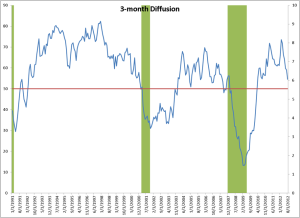I have written a couple of times about rising protectionism, and looking at today’s stories, now seems to be an excellent time to revisit the topic. Protectionism is just one facet of how states try to wring out economic advantage over others, with currency and trade policies among the available tools. Today we have several examples.
On the currency policy front, we have “Beijing, Seoul Blast Fed Push” in the Wall Street Journal (WSJ) on page A13. The article talks about how both central banks are opposed to continued U.S. monetary easing, which encourages inflation around the world, weakens the dollar to make U.S. exports more competitive, and in general benefits the U.S. at the expense of its trading partners. Of course, this is exactly what the policy is designed to do. The ability of the U.S. to continue to follow policies that benefit itself at the expense of others, however, is dependent on the continuation of the dollar as the reserve currency, which is the other focus of the article, as both central banks advocate finding an alternative. Not an immediate concern, but a building long-term concern.





